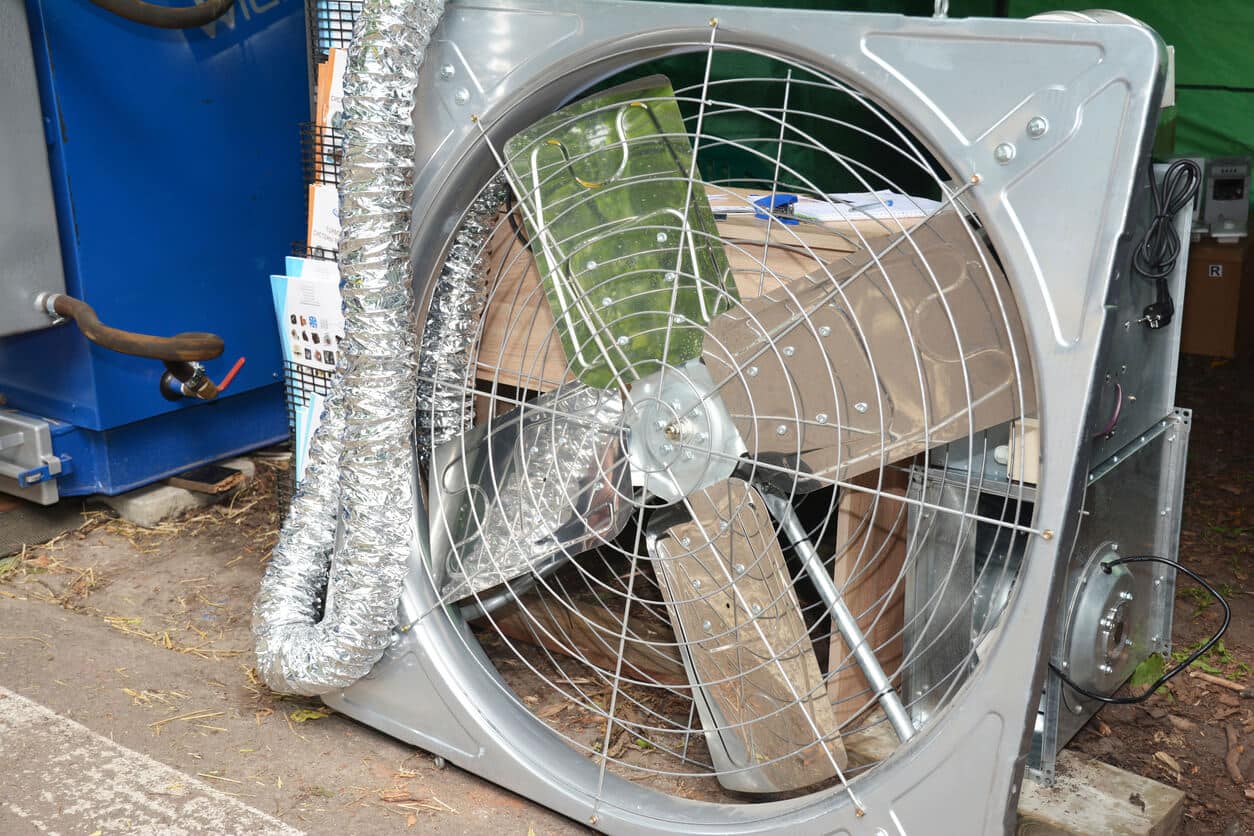

Articles
How To Tell If An Attic Fan Is Working
Modified: August 27, 2024
Discover how to determine if your attic fan is functioning properly with these informative articles. Ensure your home is ventilated efficiently.
(Many of the links in this article redirect to a specific reviewed product. Your purchase of these products through affiliate links helps to generate commission for Storables.com, at no extra cost. Learn more)
Introduction
Attic fans play a crucial role in maintaining the temperature and ventilation of your home’s attic space. These fans help remove hot air, moisture, and stale air from the attic, preventing the build-up of heat and reducing the risk of mold and moisture-related issues.
It’s important to ensure that your attic fan is in proper working condition to reap all the benefits it offers. However, it can be challenging to determine whether your attic fan is functioning correctly or experiencing issues. This article will guide you on how to tell if your attic fan is working and what signs to look out for if it’s malfunctioning.
Key Takeaways:
- Signs of a working attic fan include improved temperature, reduced humidity, better air circulation, lower energy costs, and extended roof lifespan. These indicate optimal ventilation and energy efficiency.
- Signs of a malfunctioning attic fan include inadequate temperature regulation, excessive moisture, strange noises, poor air circulation, and increased energy consumption. Prompt action is crucial to maintain a healthy attic space.
Read more: How Does Attic Fans Work
Signs of a Working Attic Fan
A properly functioning attic fan has several telltale signs that indicate it’s doing its job effectively. Here are some signs to look out for:
- Improved attic temperature: One of the main purposes of an attic fan is to remove excess heat from your attic. If your attic fan is working correctly, you’ll notice a significant decrease in the overall temperature of your attic. This is especially noticeable during hot summer months when the fan helps prevent the build-up of heat.
- Reduced humidity: Attic fans not only help regulate temperature but also remove moisture from the attic. A working fan will effectively reduce humidity levels, preventing the growth of mold and mildew, which thrive in damp conditions. So, if you notice a decrease in humidity levels and a drier atmosphere in your attic, it’s a good sign that your fan is doing its job.
- Improved air circulation: Another sign of a working attic fan is improved air circulation in your attic space. The fan will create a gentle breeze that helps distribute fresh air throughout the attic, eliminating stagnant, stuffy air. You may notice a crisp, fresher smell in your attic when the fan is operating correctly.
- Lower energy costs: An efficiently functioning attic fan can help lower your energy bills. By removing hot air from your attic, it reduces the workload on your air conditioning system, allowing it to operate more efficiently and consume less energy. Consequently, you’ll see a decrease in your energy costs, which is a positive sign that your attic fan is working optimally.
- Extended lifespan of your roof: Roof longevity is closely tied to proper attic ventilation. A working attic fan helps prevent excessive heat and moisture from damaging your roof’s structure, ultimately extending its lifespan. If you notice your roof lasting longer than expected, it’s a strong indication that your attic fan is effectively ventilating your attic space.
These signs collectively indicate that your attic fan is functioning properly and fulfilling its purpose of regulating temperature, reducing humidity, improving air circulation, and contributing to overall energy efficiency.
Signs of a Malfunctioning Attic Fan
While a working attic fan offers several benefits, a malfunctioning one can cause problems and compromise its effectiveness. Here are some signs that indicate your attic fan may be malfunctioning:
- Lack of temperature regulation: If your attic fan is not effectively lowering the temperature in your attic, it may be a sign of malfunction. You might notice that your attic remains excessively hot, especially during the summer months, even though the fan is running. Inconsistent temperature regulation indicates that the fan is not operating as it should.
- Excessive moisture or mold growth: A malfunctioning attic fan may not be able to remove moisture effectively from the attic, leading to increased humidity levels and the potential for mold growth. If you notice mold or excessive moisture in your attic, it’s essential to inspect the attic fan to ensure it’s functioning correctly.
- Strange noises: Unusual noises coming from the attic fan, such as grinding sounds or loud vibrations, may indicate a mechanical issue or loose components. These noises can be a sign of malfunction and should be addressed promptly to prevent further damage.
- Inadequate air circulation: If your attic fan is not generating a noticeable breeze or airflow in the attic space, it may indicate a malfunction. Poor air circulation can lead to stagnant air and an inability to properly ventilate the attic, which can cause issues with temperature and moisture control.
- Increased energy consumption: A malfunctioning attic fan may cause your energy bills to spike. If you notice a significant increase in energy consumption without any other changes in your household, it could be a sign that the attic fan is not functioning optimally and is consuming excessive energy.
It’s important to address these signs promptly to prevent further damage and ensure that your attic fan is working effectively. Identifying and resolving any malfunctions will help maintain a healthy and properly ventilated attic space.
Check if the attic fan is working by listening for the sound of the fan running, feeling for airflow in the attic, and checking the temperature to see if it’s lower than outside. If in doubt, consult a professional.
Troubleshooting Steps
If you suspect that your attic fan is not working correctly, there are several troubleshooting steps you can take to identify and potentially resolve any issues. Here are some steps to follow:
- Check the power supply: Ensure that the attic fan is receiving power. Check the circuit breaker or fuse box to see if a circuit has been tripped or a fuse has blown. If necessary, reset the circuit breaker or replace the fuse.
- Inspect the fan blades: Visually inspect the fan blades for any obstructions, such as debris, dust, or dirt. Clean the blades and remove any blockages that may be hindering proper operation.
- Test the fan motor: If the fan blades appear to be in good condition, the next step is to test the fan motor. Turn on the attic fan and listen for any strange noises or vibrations. If the fan motor is noisy or not spinning smoothly, it may be a sign of a malfunctioning motor that needs to be repaired or replaced.
- Check the thermostat: Some attic fans have a thermostat that automatically turns the fan on and off based on temperature settings. Ensure that the thermostat is set correctly and functioning properly. If the thermostat is faulty, it may need to be replaced.
- Inspect the wiring: Examine the wiring connections to ensure they are secure and not damaged. Loose or frayed wires can prevent the fan from receiving adequate power or cause it to malfunction. If you notice any issues with the wiring, it’s recommended to consult a professional electrician for assistance.
- Consult a professional: If you have attempted the troubleshooting steps and are still unable to identify or resolve the issue, it’s best to consult a professional attic fan technician or electrician. They have the expertise to diagnose and repair any complex problems with your attic fan.
By following these troubleshooting steps, you can determine the cause of the malfunction and take the necessary steps to get your attic fan back in working order.
Conclusion
Your attic fan plays a crucial role in maintaining the temperature, ventilation, and overall health of your attic space. Understanding the signs of a working attic fan and identifying any potential malfunctions is essential for ensuring optimal performance and preventing issues such as excessive heat, moisture, and mold.
A properly working attic fan will demonstrate signs such as improved attic temperature, reduced humidity, improved air circulation, lower energy costs, and an extended lifespan for your roof. These indicators show that your fan is effectively regulating temperature, removing moisture, and contributing to energy efficiency in your home.
On the other hand, signs of a malfunctioning attic fan include inadequate temperature regulation, excessive moisture or mold growth, strange noises, inadequate air circulation, and increased energy consumption. It’s vital to address these signs promptly to prevent further damage and maintain a healthy, well-ventilated attic space.
If you suspect that your attic fan is not functioning properly, you can follow troubleshooting steps to identify and potentially resolve any issues. Checking the power supply, inspecting the fan blades, testing the fan motor, checking the thermostat, and inspecting the wiring are important steps to determine the cause of the malfunction and take appropriate action.
If you are unable to resolve the issue on your own, it’s recommended to consult a professional attic fan technician or electrician for expert assistance.
By understanding how to tell if your attic fan is working and taking the necessary steps to address any malfunctions, you can ensure the optimal performance of your attic fan and enjoy the benefits of a well-ventilated and controlled attic space.
Frequently Asked Questions about How To Tell If An Attic Fan Is Working
Was this page helpful?
At Storables.com, we guarantee accurate and reliable information. Our content, validated by Expert Board Contributors, is crafted following stringent Editorial Policies. We're committed to providing you with well-researched, expert-backed insights for all your informational needs.
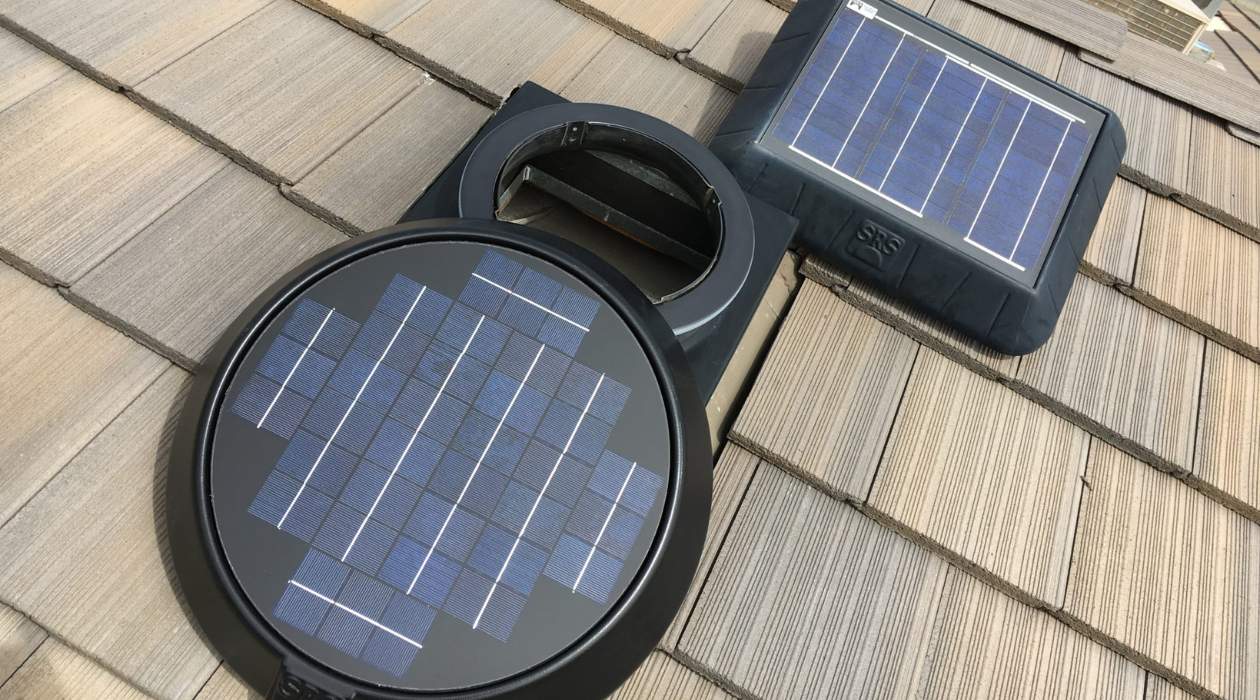
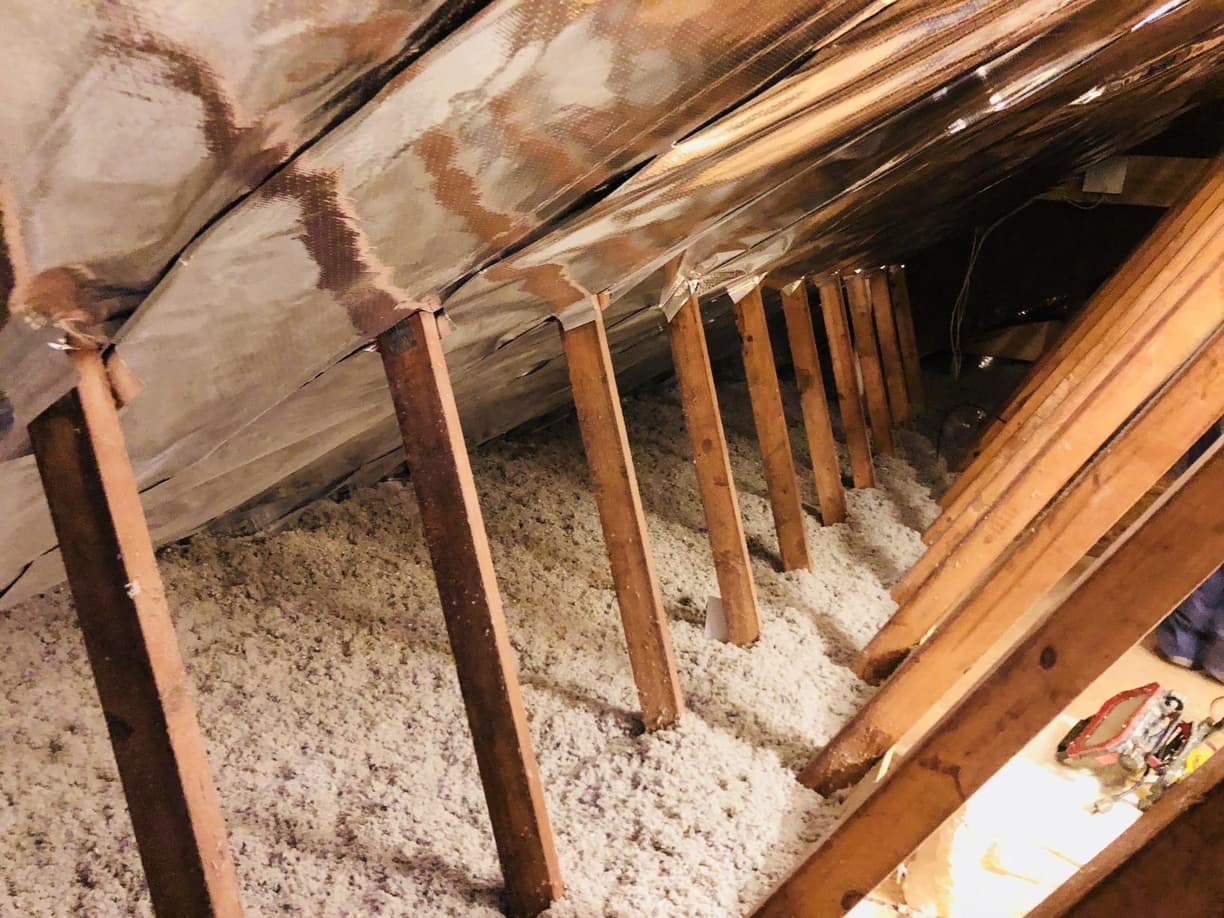
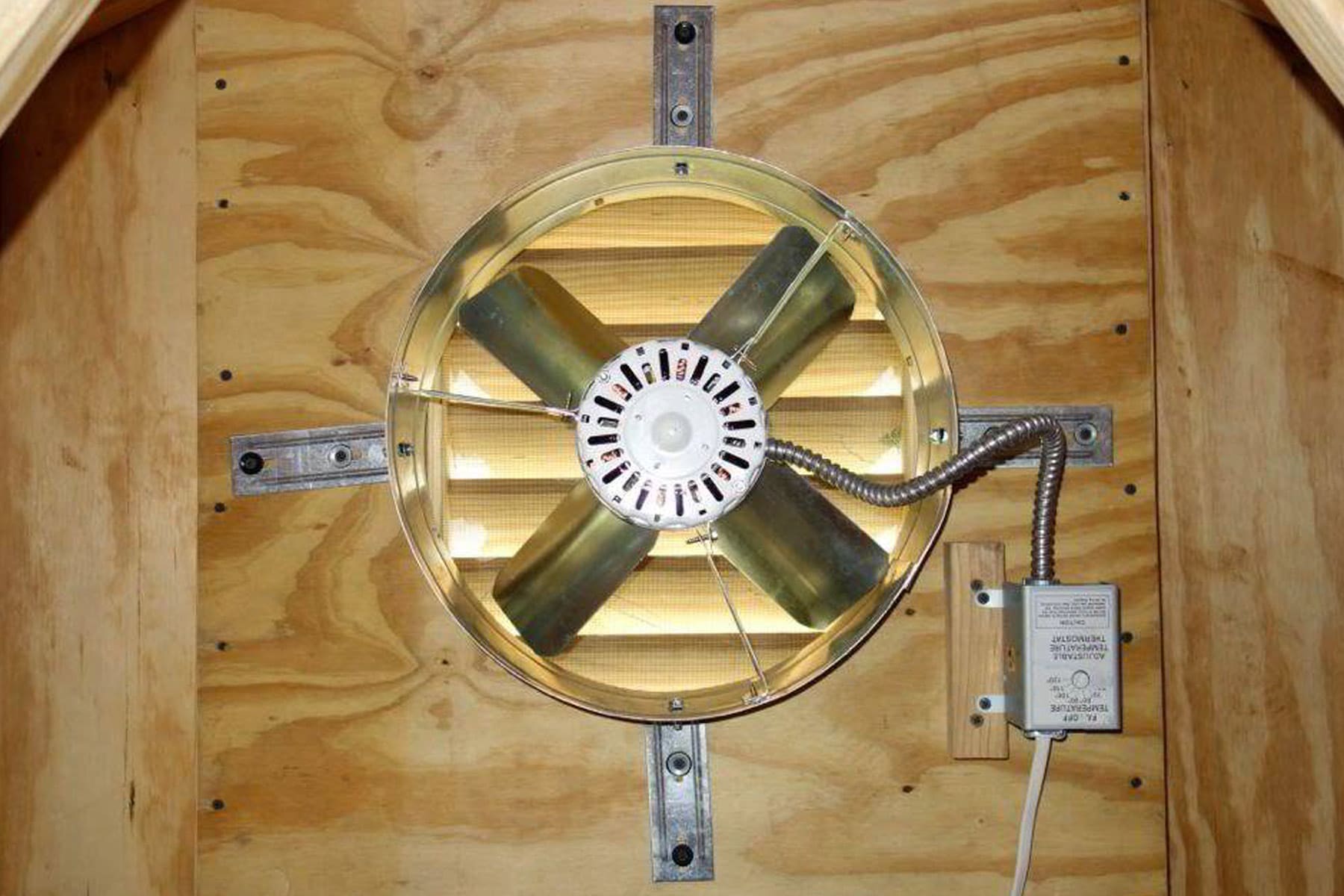
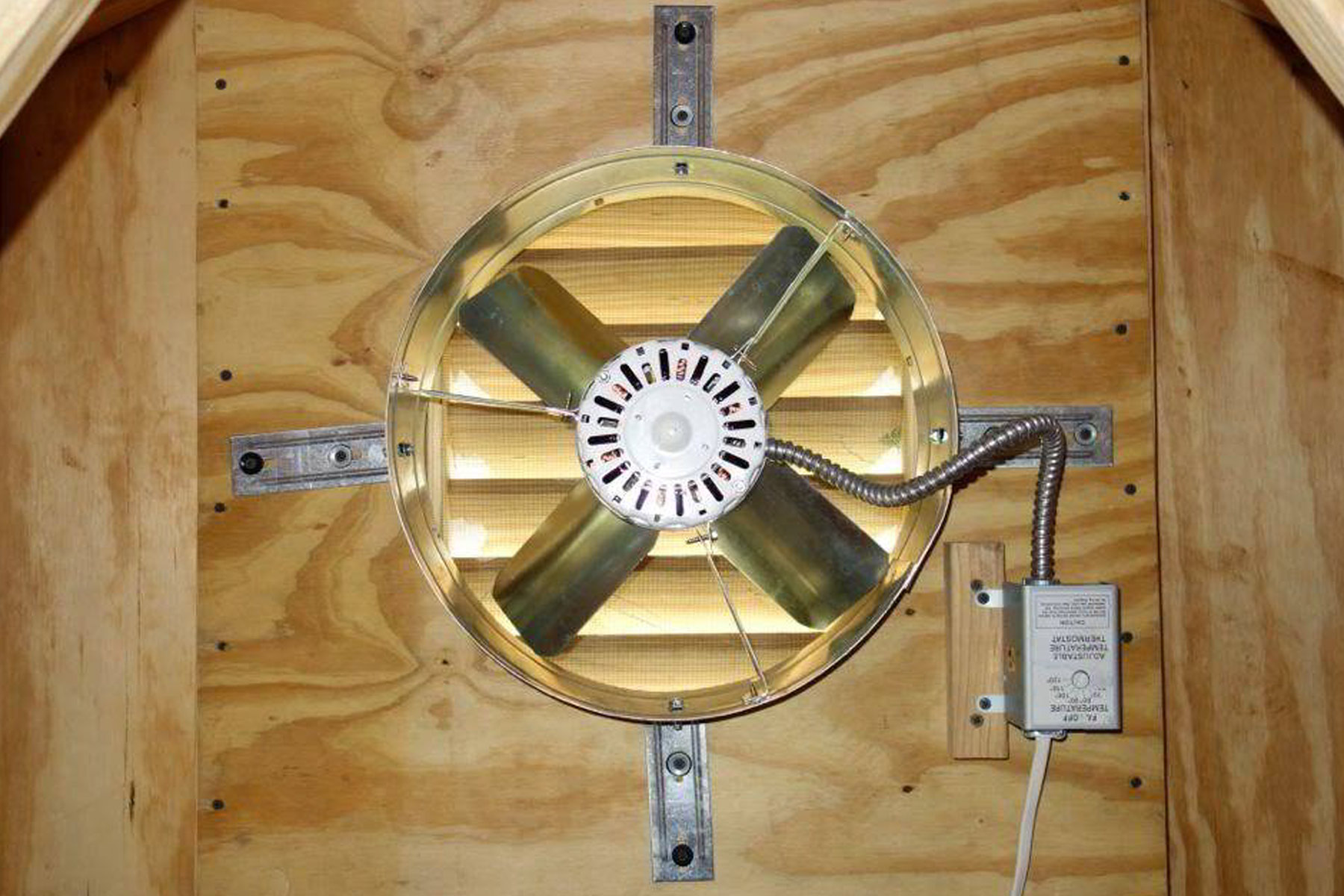
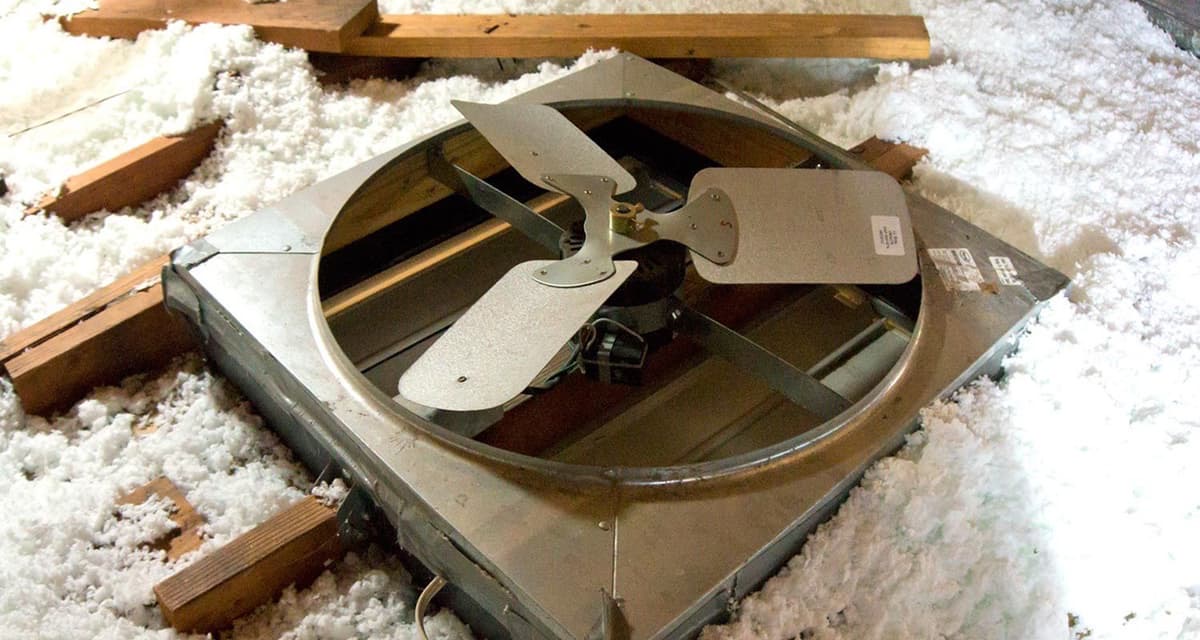
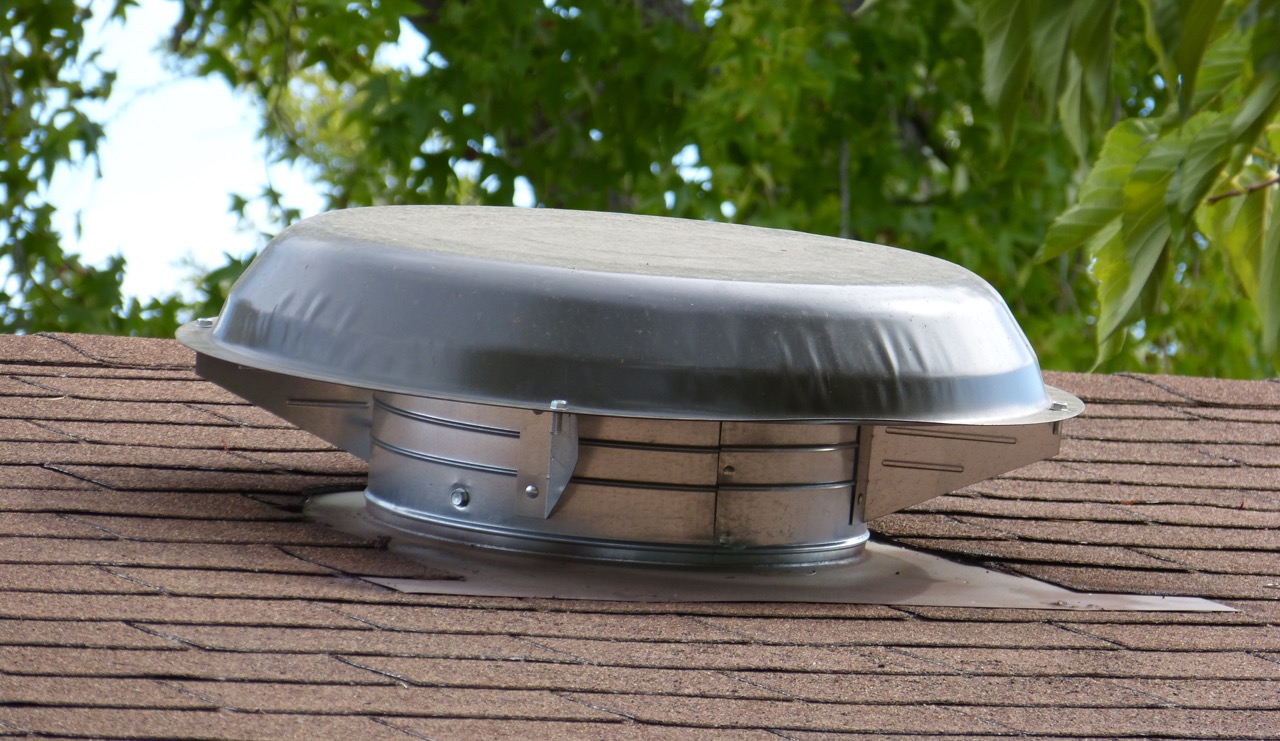
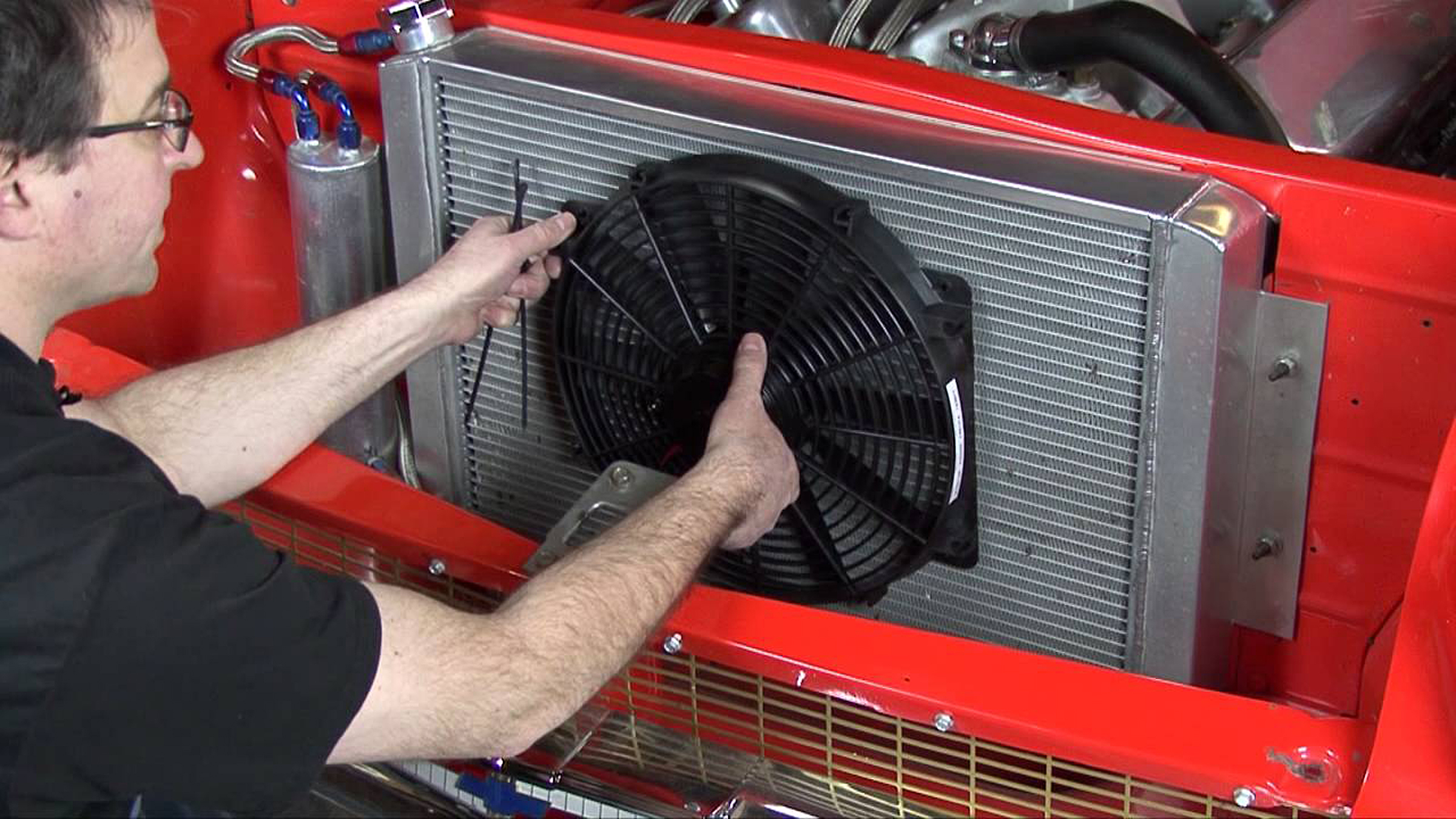
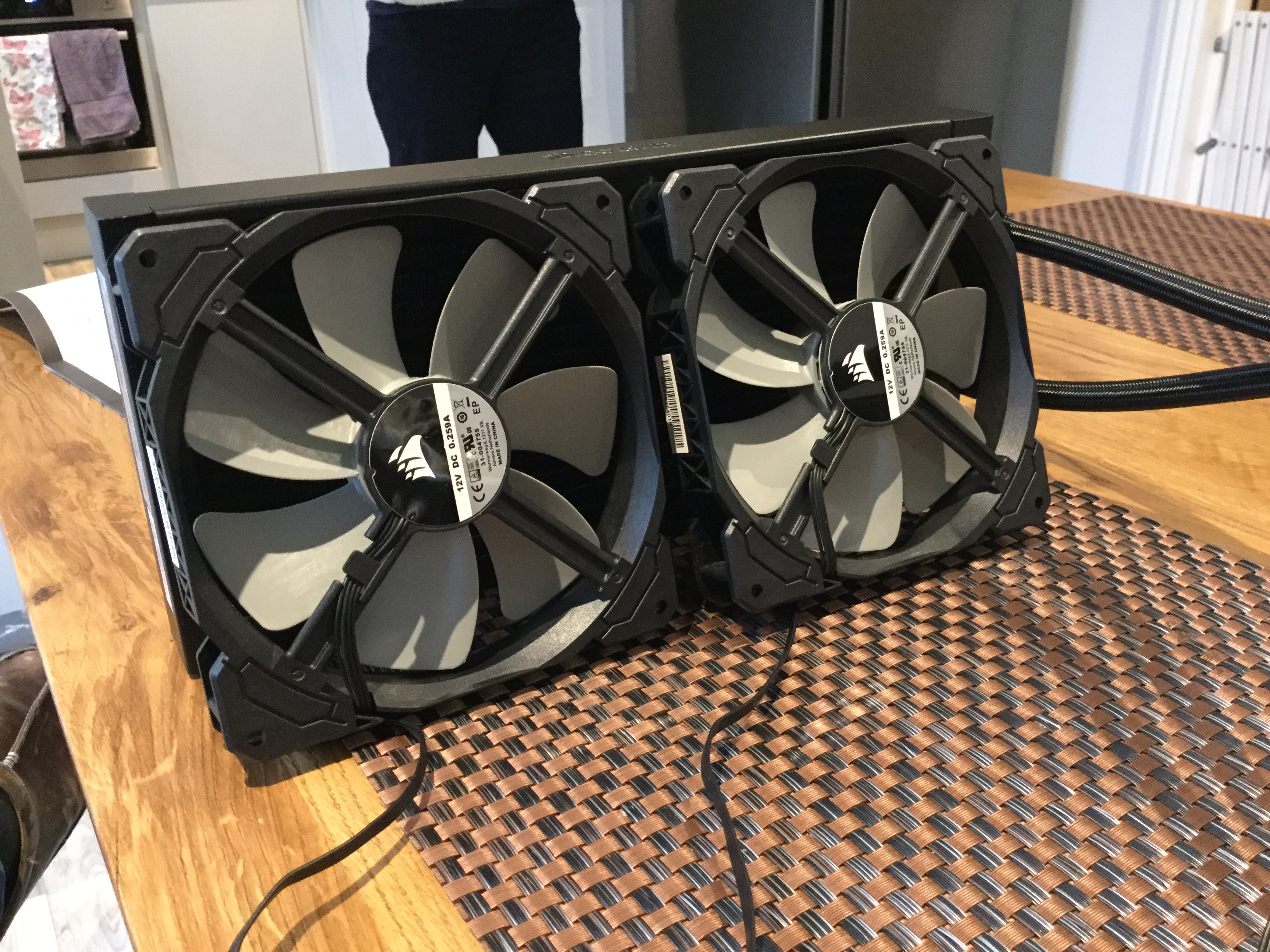
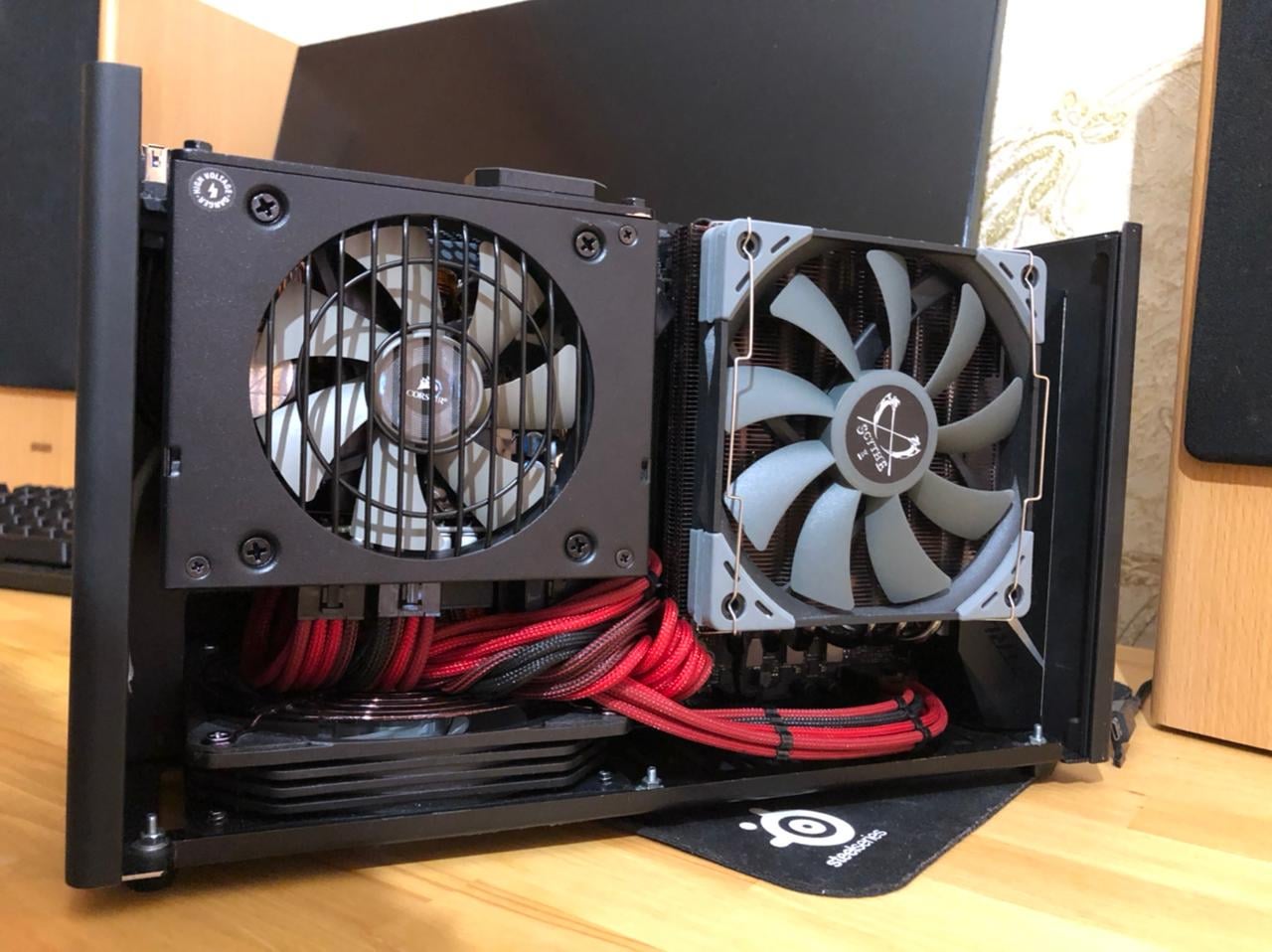
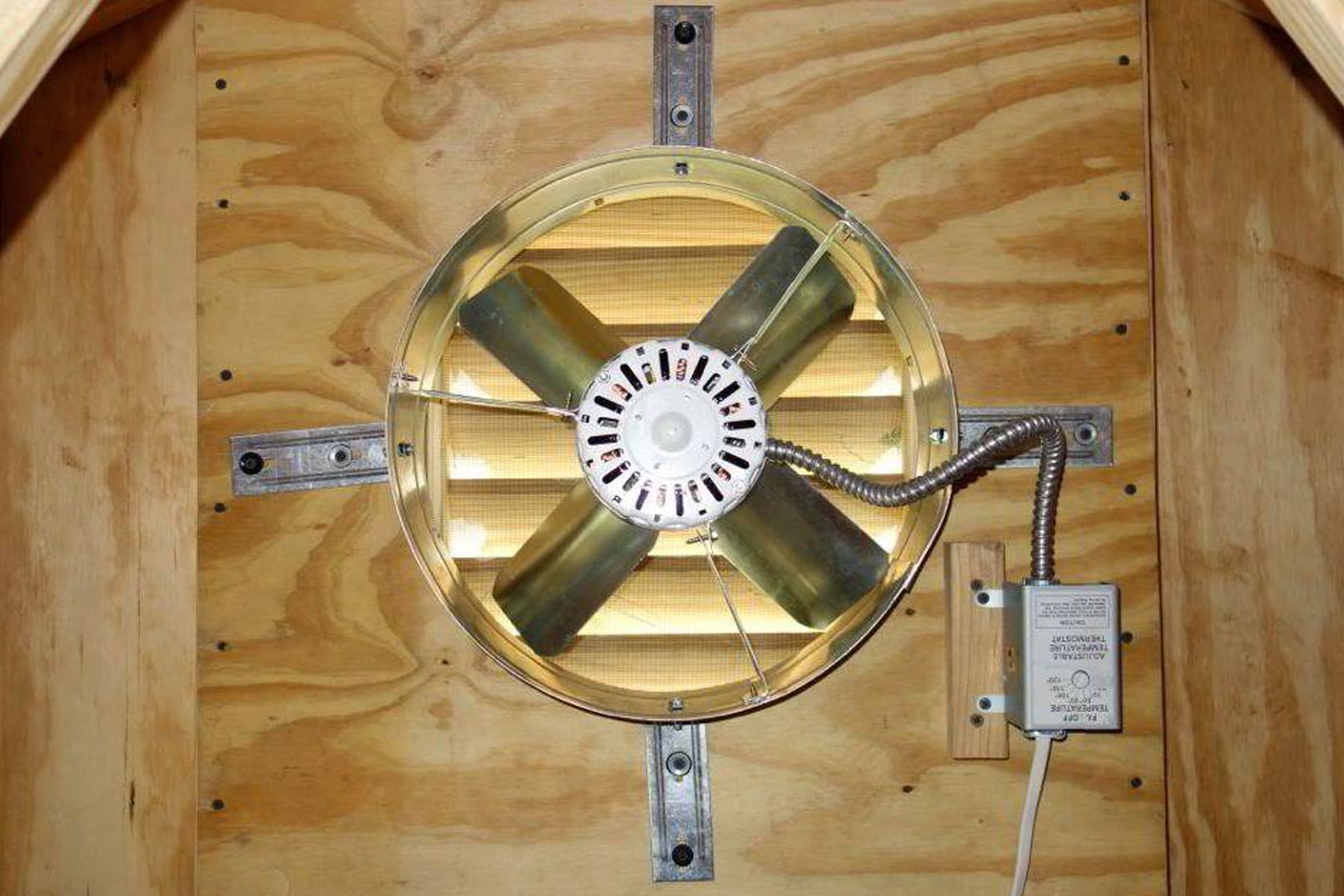
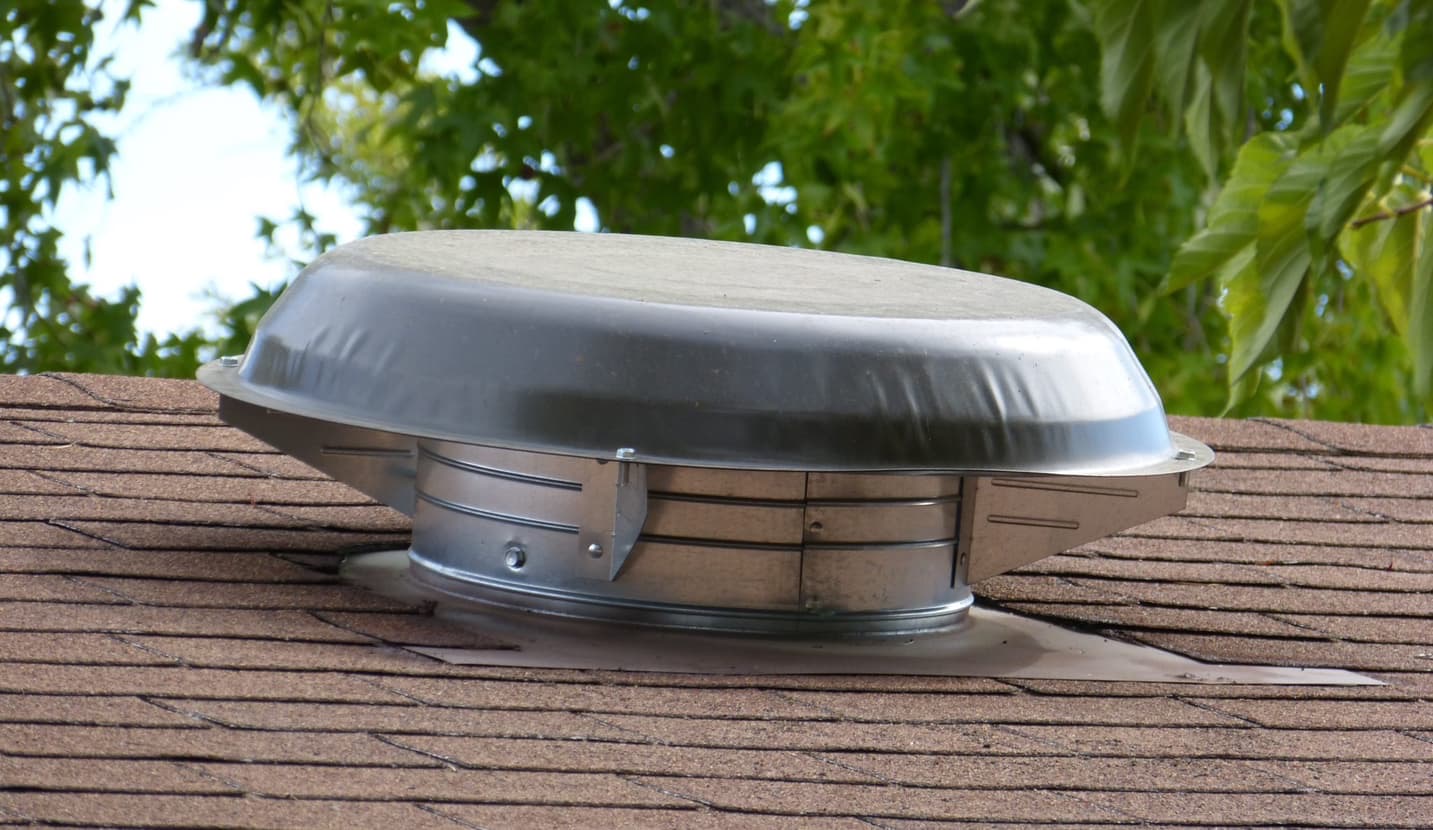
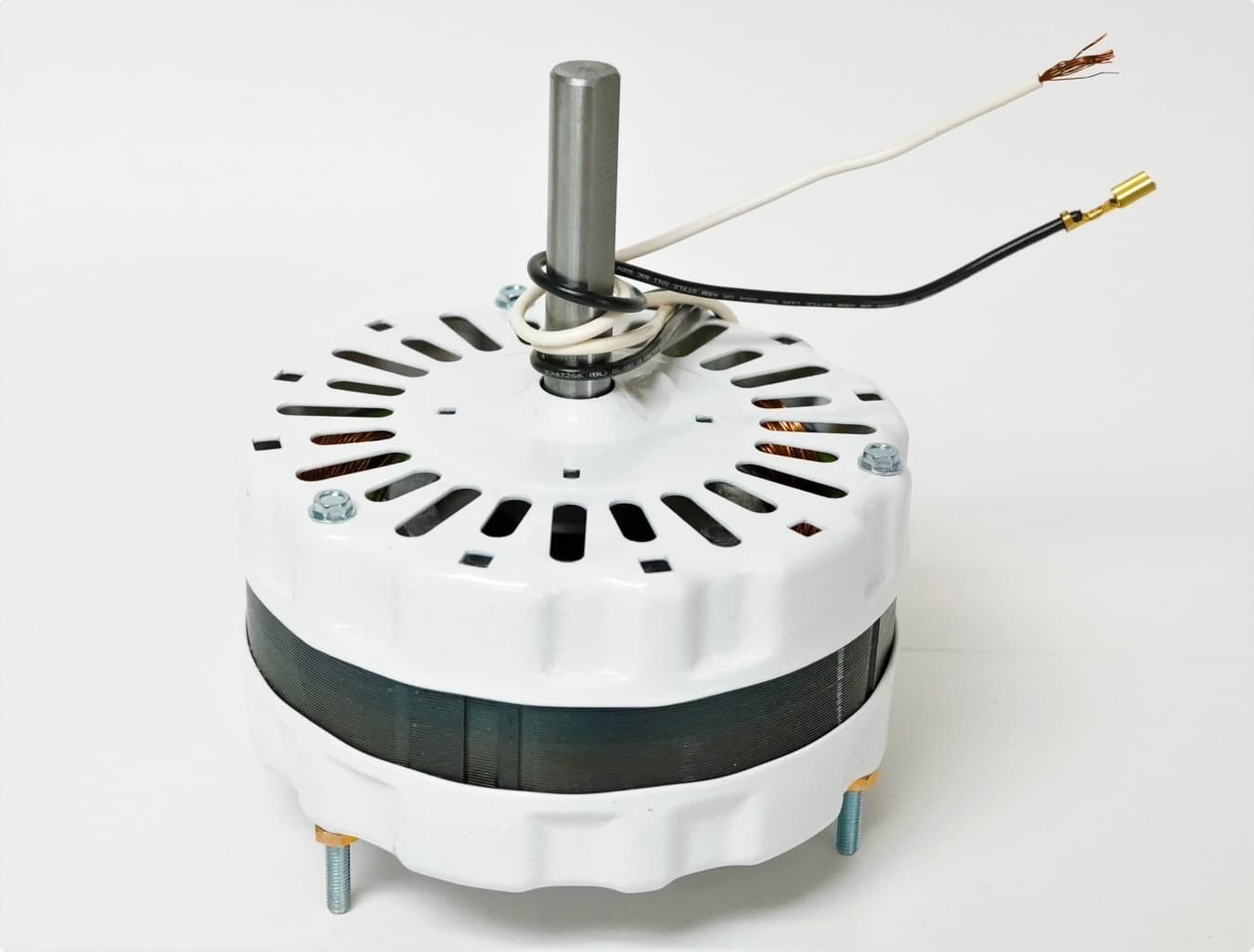
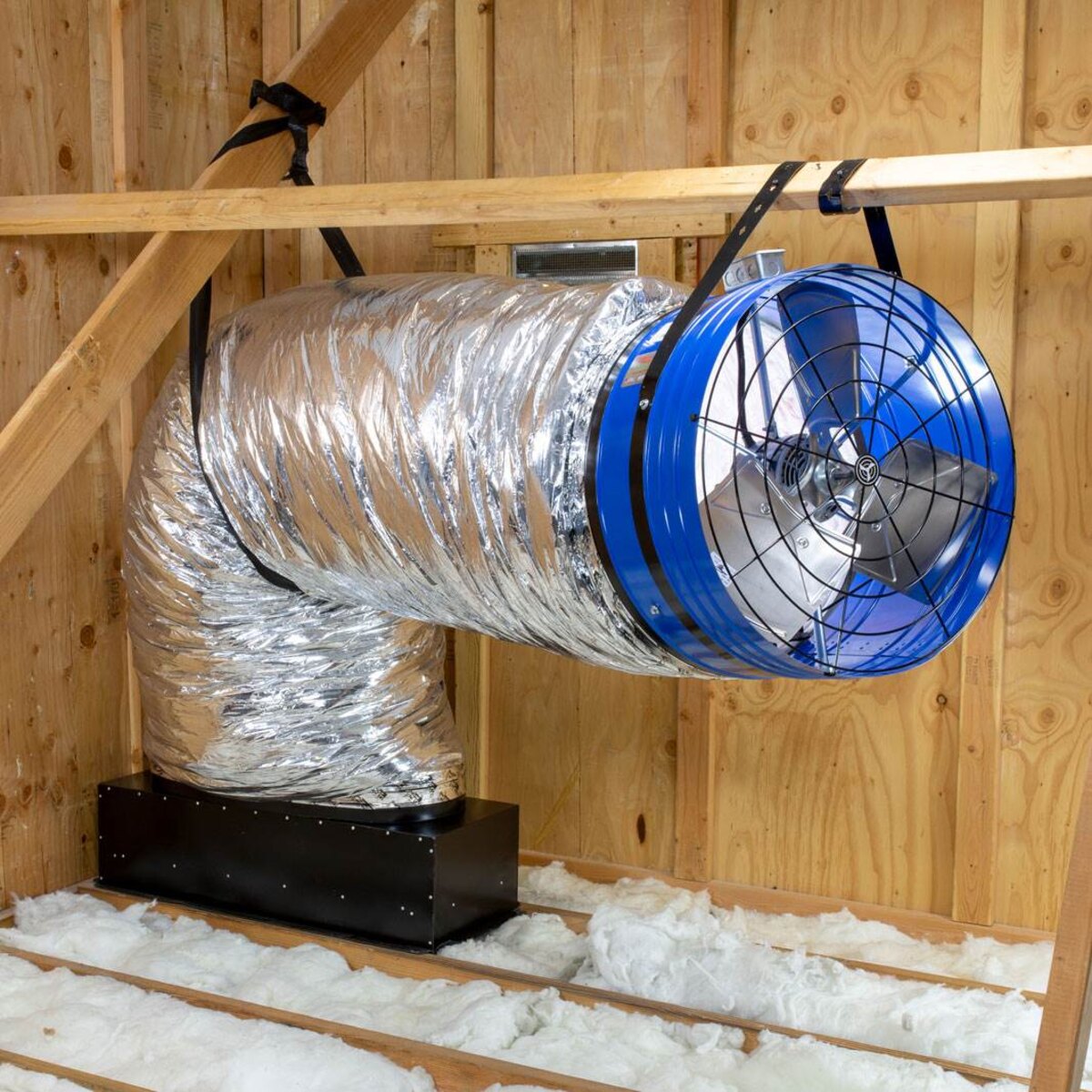
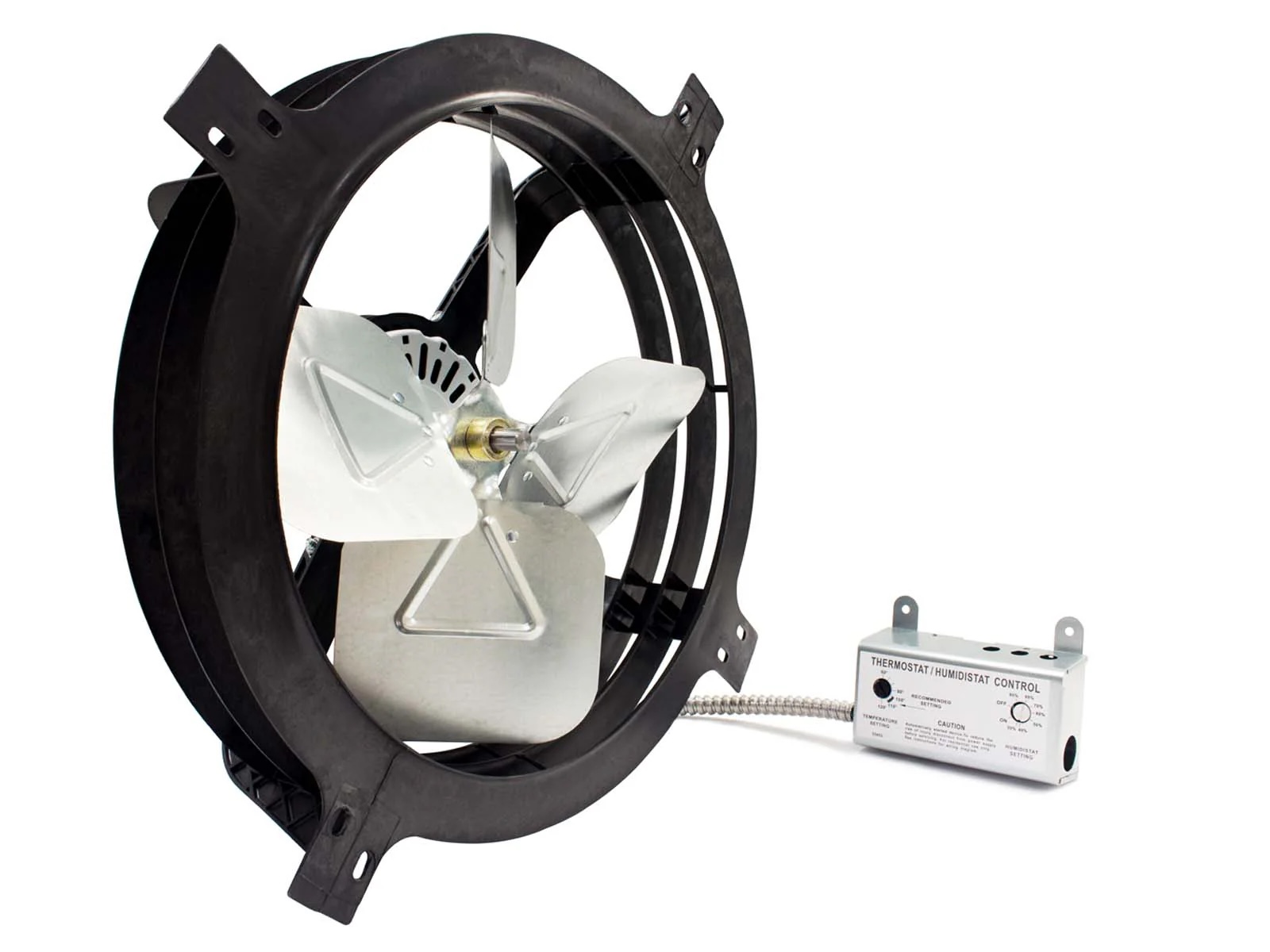
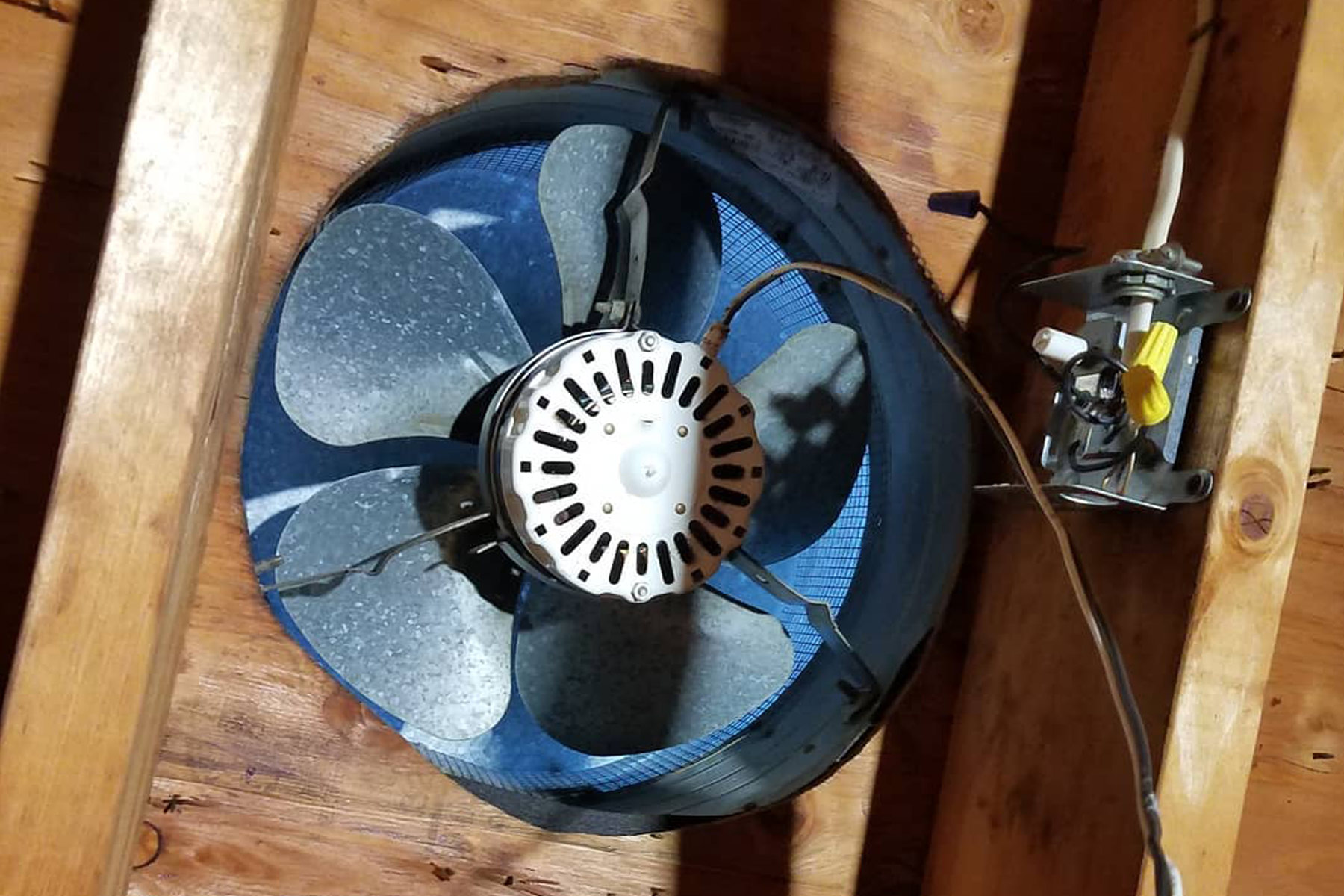

0 thoughts on “How To Tell If An Attic Fan Is Working”